With the release of a sequel so soon on the horizon, a swell of fans and critics have been spurred to revisit James Cameron's Avatar, afterward debating and reassessing the movie's complicated yet evolving legacy. James Cameron's work on the first Avatar began nearly 15 years before its release, with the writer-director using the vast bulk of this time to hone the groundbreaking visual effects technology necessary to bring the film to life. Avatar proved a global box-office smash as the first movie ever to gross more than $1 billion dollars worldwide. Avatar: The Way of Water, the first of many planned sequels to follow, has been 13 years in the making, an unusually long gap between two releases in any blockbuster franchise.
Meanwhile, the first Avatar's reception outside its box-office gross has had more than enough time to ebb, flow, and complicate over the decade-plus time since its theatrical debut. When held against the prevailing blockbusters of nearly any year following 2009, it's difficult not to note Avatar's comparative lack of pop culture stranglehold. Nonetheless, despite the somewhat divisive impression Avatar has left in audiences' hearts, the movie has recently seen a resurgence of fans and critics taking to social media with newfound cause to herald it as an underappreciated touchstone of modern blockbuster filmmaking.
Why is 2009's Avatar Being Reevaluated?
The release of virtually any sequel will inspire audiences to revisit its predecessor with a fresh outlook, though returning to Avatar carries the weight of many more years' context. Knowing full well that 13 years have passed since audiences last visited the world of Pandora, Disney re-released the original Avatar in theaters as a strategic move to keep the film fresh in moviegoers' collective memory prior to the first sequel's release. For many, Avatar's return to the big screen proves an effective testament to how well its groundbreaking visuals have continued to age, throwing the average modern blockbuster into a new perspective.
As a mode of achieving special effects, CGI ages notoriously quickly as years pass and technology progresses. For Avatar, the decade-and-a-half of meticulous care put into its then-unparalleled CGI still poses an immensely difficult hurdle for even the most expensive blockbuster to clear. To this day, the immersion, texture, and attention to detail that James Cameron's visuals lend in weaving the world of Pandora onscreen remain something observably singular among major Hollywood releases. It's precisely this contrast that's come to incite proponents of the movie to lead a concerted effort to push back against critical preconceptions that have grown to overwhelm much of the discourse surrounding the film.
Is Avatar's Reception Getting Worse Over Time?
The idea that a movie as unprecedentedly lucrative as Avatar could even be perceived as in need of defending may seem strange at first. However, the splash of Avatar's box office success and visual effects advancements did not come without sizable pushback in pop culture at large. For many, the film's lasting influence became one of bearing emblematic status as CGI spectacle attempting to compensate for derivative or simplistic story elements.
Whether virally derided as "Pocahontas in space" or parodied in a South Park episode titled "Dances With Smurfs," Avatar's unavoidable wealth of similarities to familiar stories of indigenous cultures and colonists, or their other metaphorical stand-ins, has proved the focal point of much of the movie's lasting discourse. Commonly jeered for this perceived lack of novelty in its script — chief among such elements being the naming of Pandora's precious resource "Unobtanium" — the movie frequently sees itself the subject of many a viral social media challenge to "name one character from Avatar." Nonetheless, the phenomenon of being "memorable for being unmemorable" can't help but prove circular, as phrased by Griffin Newman on the podcast The Big Picture: "It's this weird self-defeating thing where the amount of discourse over the fact that no one talks about Avatar is in fact proving the point that we're all still talking about Avatar."
Avatar's Box Office Success Can't Be Ignored
With such an unusually polarizing reputation among box-office giants, it may prove tempting for some to assume Avatar's record-shattering worldwide gross was a fluke. After all, so much built-in anticipation surrounded the film's release, with the movie-going public made largely aware of the immense sacrifices of time and money it required. Nonetheless, Avatar's meteoric success was not only seen domestically but also shared throughout international markets, as the movie consistently translated with ease despite language and cultural barriers around the world.
Disney's theatrical re-release of Avatar only cemented audiences' enduring interest in the property. The release of Avengers: Endgame in 2019 saw Avatar briefly overtaken as the highest-grossing movie of all time, but the additional gross of the re-release was enough to set Endgame back into the number-two spot.
Avatar's Visual Achievements Changed Hollywood Forever
A dimension of Avatar's influence that can't be ignored is its lasting effect on the film industry. James Cameron's movie required the development and pioneering of never-before-seen motion capture and 3D technology as well as unforeseen quantities of server farms to render all the footage's data. This symphonic technical achievement didn't just inspire the 3D theatrical release model that followed; it set a benchmark for Hollywood, definitively proving that viable, grand-scale movies could indeed be made almost entirely digitally.
Another lasting footprint left behind can be observed in what Hollywood seemed not to learn from the visual accomplishments of Avatar's universe. What allows Avatar's CGI to age gracefully is the fact that its production was afforded the time and manpower to hone visuals so striking that they were able to lift an original story to world-record success. On the contrary, a list of Hollywood's highest-grossing movies of the past 13 years displays both an aversion to non-IP story material and an embrace of relatively quick turnaround times between sequels, not prioritizing timelessness in their imagery.
Why Avatar's Legacy Will Always Be Complicated (Even After Avatar 2)
Despite the monumental financial success and boundary-pushing advances in filmmaking technology, one truth remains undeniable: Avatar is still a movie that took 13 years to see a sequel. According to the director himself, James Cameron's biggest challenge ahead of Avatar 2's release will be overcoming the gap between the two films. Anticipation, influence, and esteem can all wane over more than a decade in time, and Avatar has seen widely mixed results in all three respects while Marvel and DC's cinematic universes have skyrocketed.
Another yet-unanswered question is what "success" will even mean for a movie like Avatar: The Way of Water. Following up the highest-grossing movie of all time could mean that any lesser financial success might be interpreted as a comparative failure, putting Cameron's projected sequels in jeopardy. Either way, like Titanic before it, if 2009's Avatar has left lasting proof of anything, it's that audiences can only wait and see just how much Cameron's gargantuan investments end up paying out in the long run.

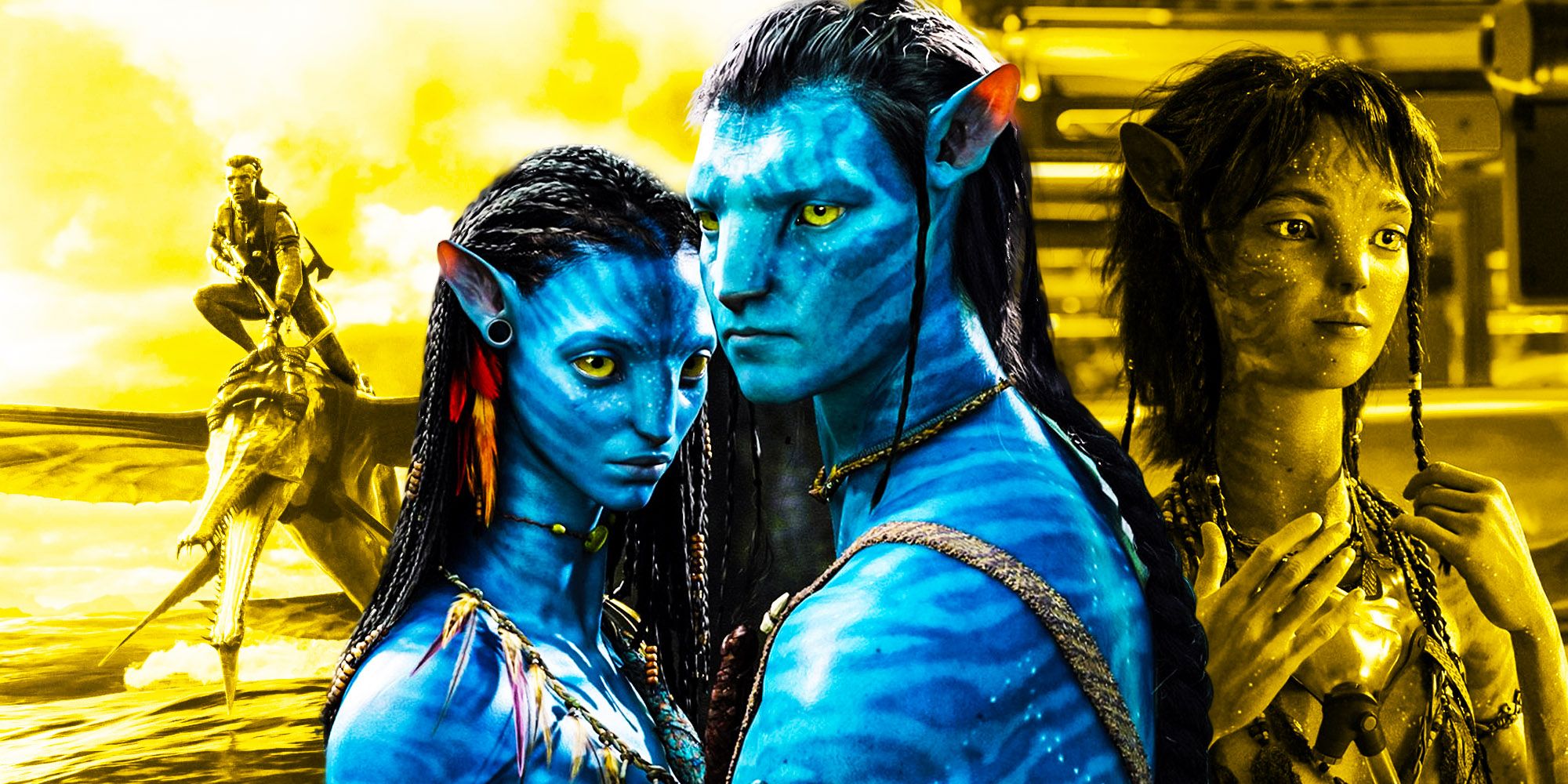
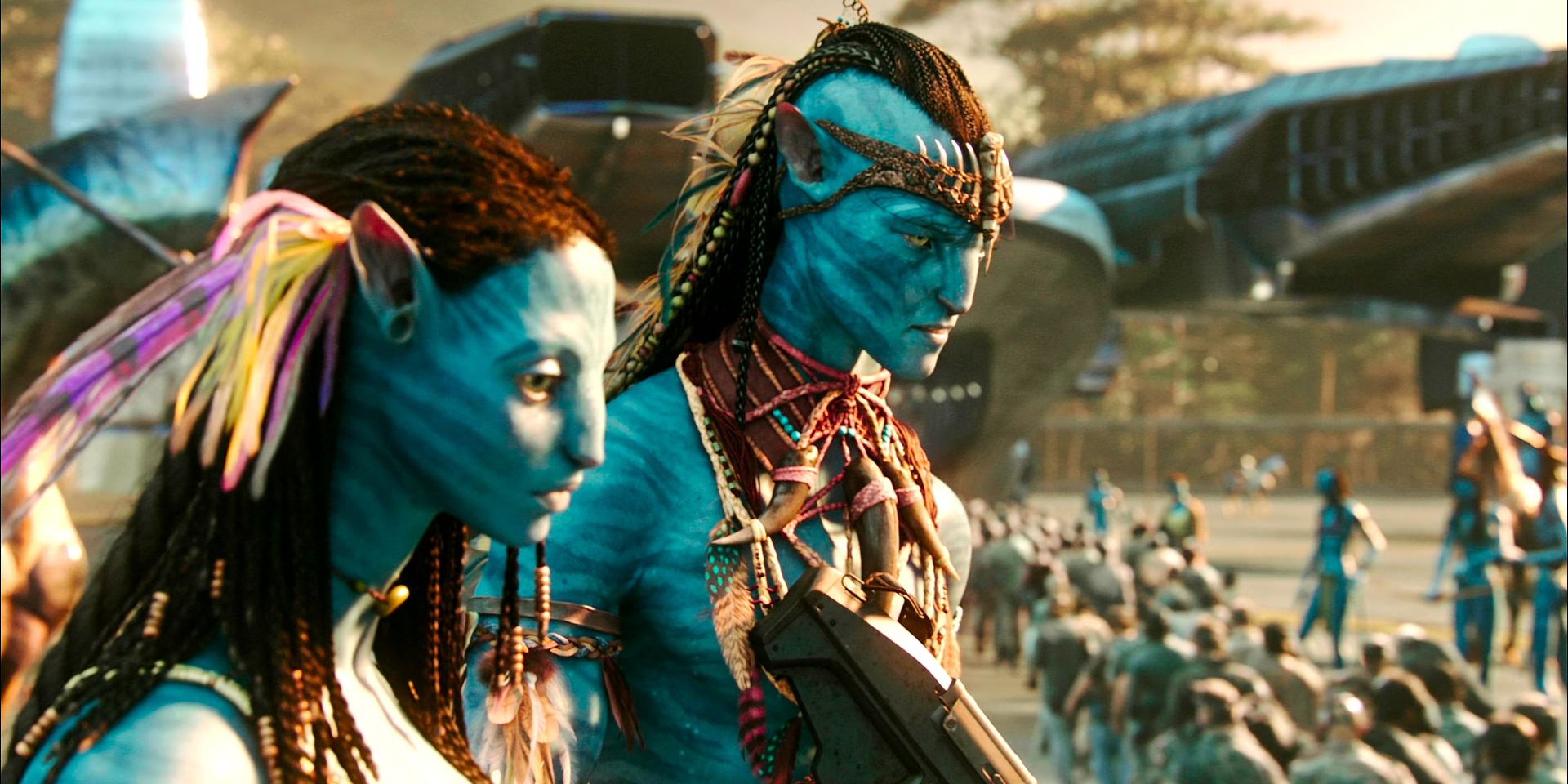
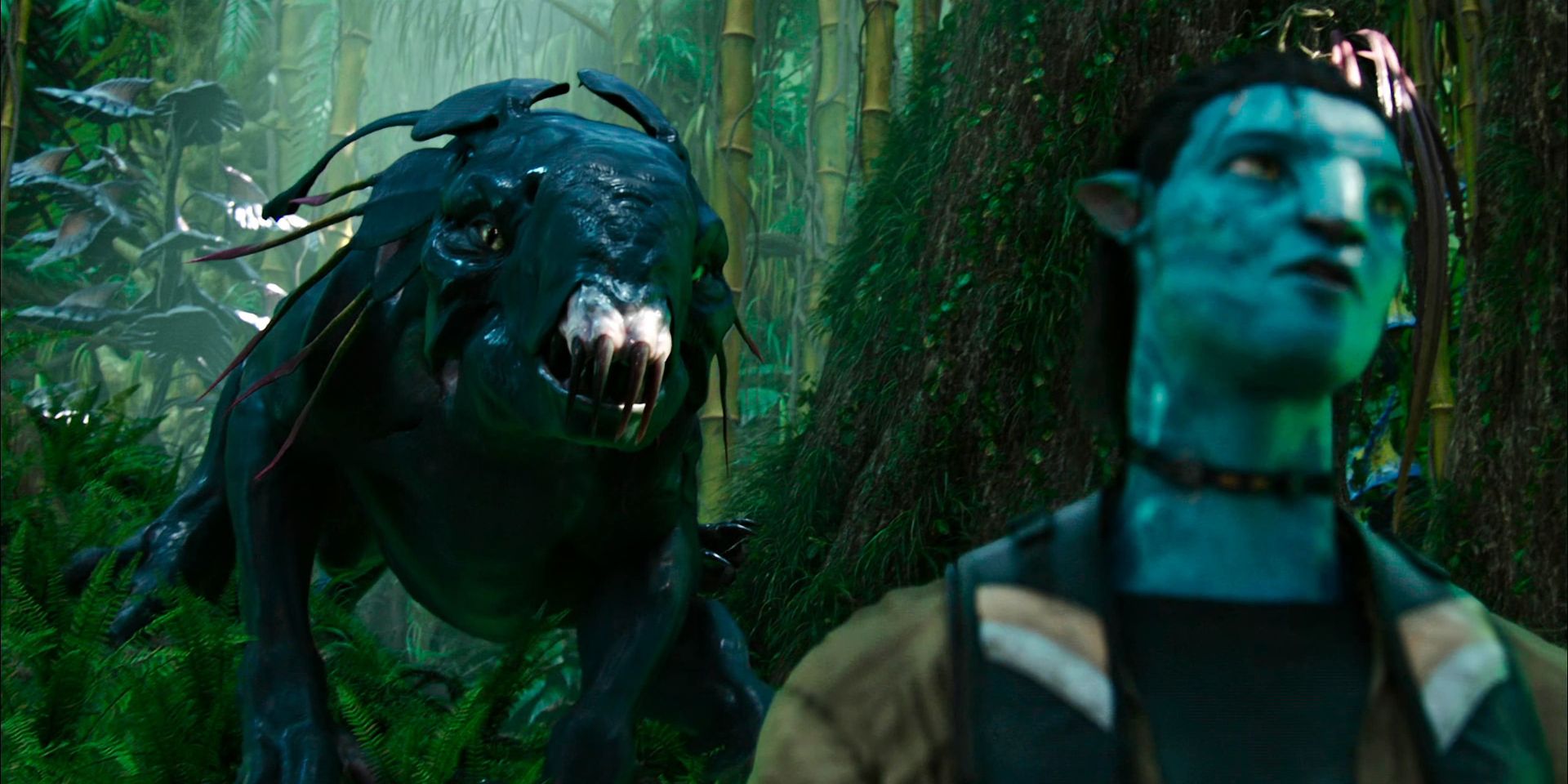
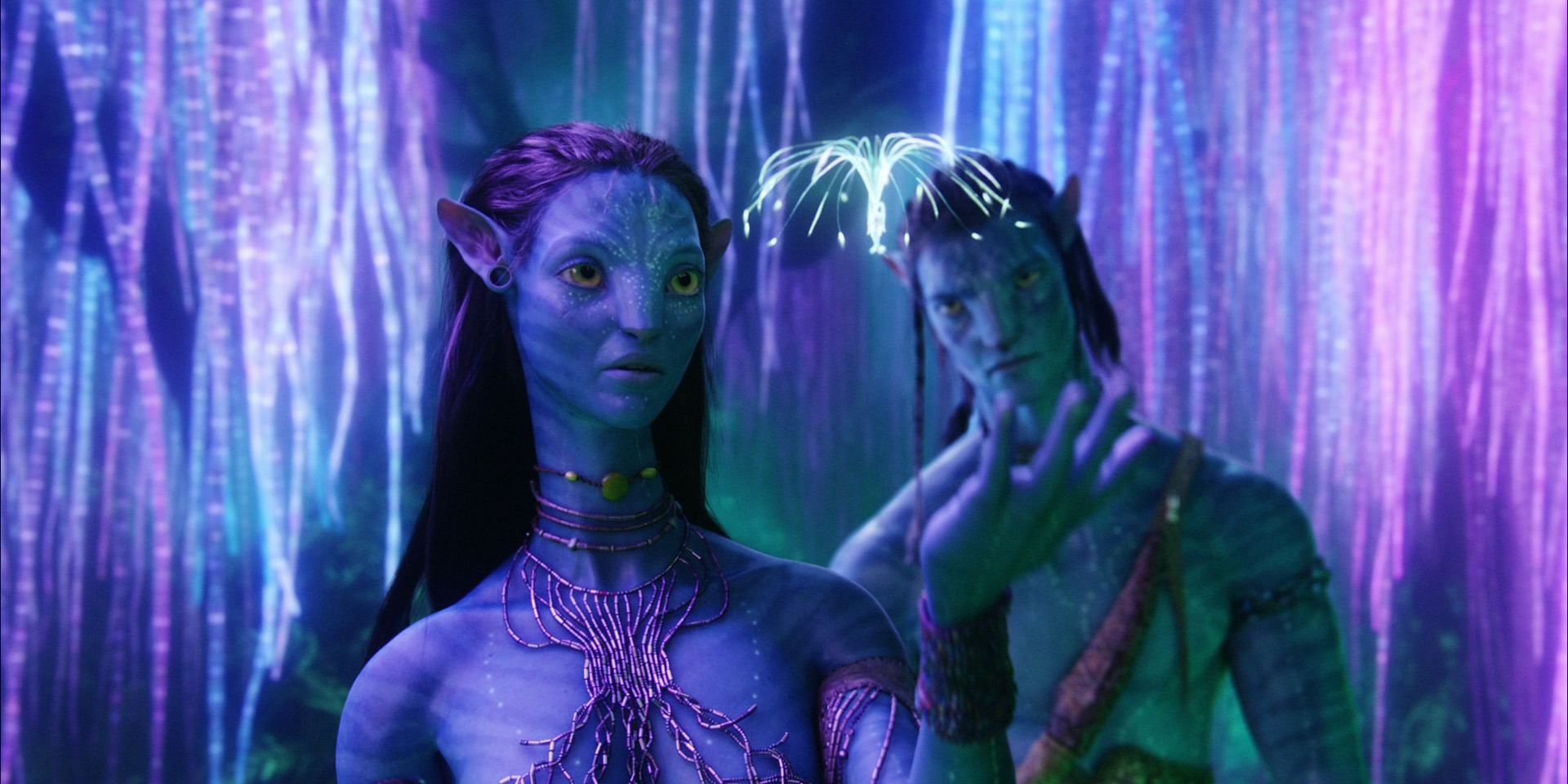
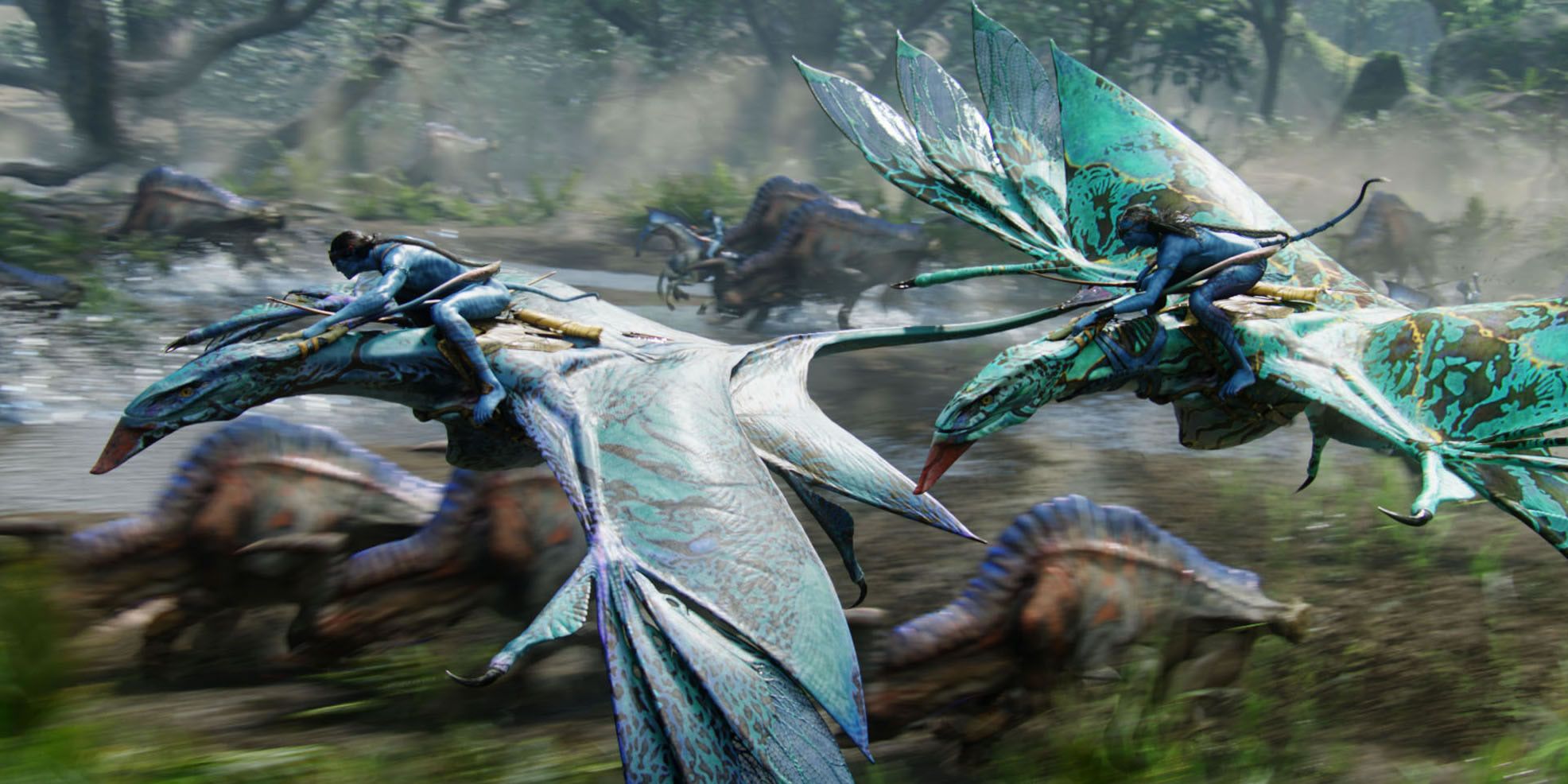
.jpg)